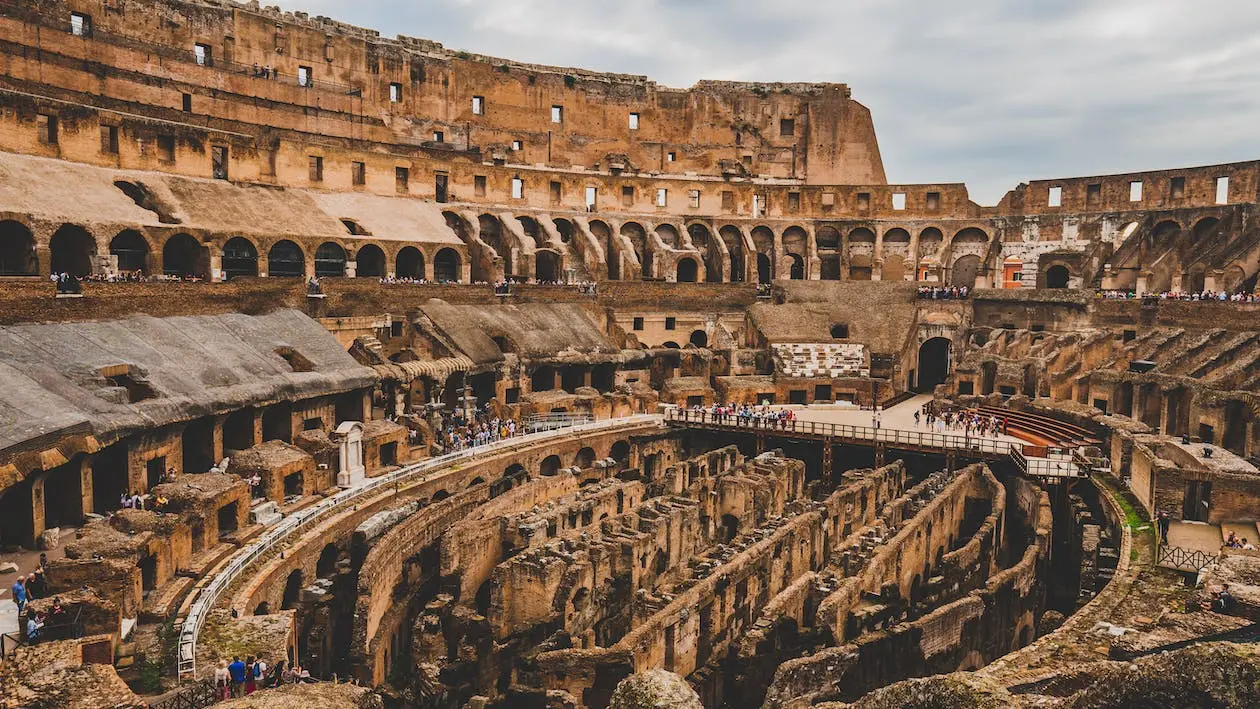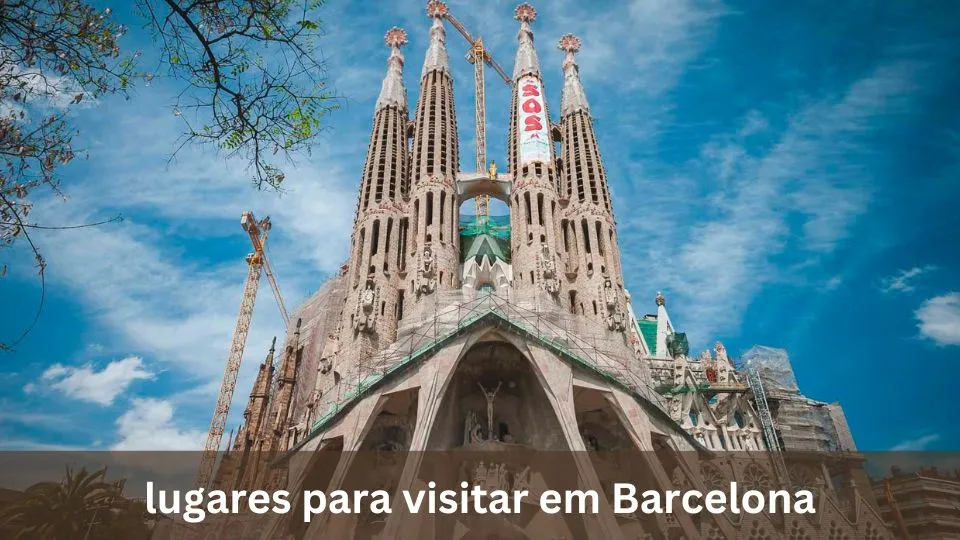Italy, a land steeped in history, is home to some of the world’s most remarkable historical sites. From ancient ruins to medieval castles and Renaissance masterpieces, the country offers a wealth of cultural treasures waiting to be explored.
In Rome, the Colosseum stands as a testament to the grandeur of ancient Rome, while the Roman Forum offers a glimpse into the city’s political and social center. The preserved ruins of Pompeii and Herculaneum offer a fascinating window into daily life during the Roman Empire.
Among these exceptional destinations, the Vatican Museums stand out as a must-visit historical marvel. These renowned museums, located within the Vatican City, house an extensive collection of art and historical artifacts. By booking Vatican Museums tickets you can get a chance to witness the awe-inspiring Sistine Chapel, adorned with Michelangelo’s magnificent frescoes, including the iconic ceiling and “The Last Judgment.”
Florence, known as the cradle of the Renaissance, boasts architectural gems like the Florence Cathedral and the Uffizi Gallery, housing Renaissance masterpieces such as Botticelli’s “The Birth of Venus” and Michelangelo’s “David.” In Venice, the enchanting St. Mark’s Square and the Doge’s Palace evoke the grandeur of the Venetian Republic.
The hilltop town of Assisi is renowned for its medieval charm and the Basilica of Saint Francis, while the ancient city of Pompeii, frozen in time by the eruption of Mount Vesuvius, offers a mesmerizing journey into the past.
List of 6 most famous historical places to visit in Italy
1. Colosseum, Rome:
The Colosseum, an iconic structure in Rome, Italy, has a rich and fascinating history. Construction of this grand amphitheater began in 70 AD and was completed in 80 AD during the reign of Emperor Vespasian. It served as a venue for various spectacles, including gladiatorial battles and public events, entertaining crowds of up to 50,000 people.
Over the centuries, the Colosseum witnessed numerous modifications, damage from earthquakes, and even repurposing. It fell into disuse in the medieval era and was later used as a quarry for construction materials. In the 18th century, efforts were made to preserve and restore the Colosseum, and it has since become a symbol of Rome’s rich history and architectural prowess. Today, it stands as an iconic landmark, attracting millions of visitors who marvel at its ancient grandeur and legacy.
2. Pompeii:
Pompeii, a once-thriving Roman city near Naples, Italy, has a captivating history. In 79 AD, it was buried under volcanic ash and pumice when nearby Mount Vesuvius erupted, preserving the city and its inhabitants in remarkable detail. Rediscovered in the 18th century, Pompeii has provided unparalleled insights into ancient Roman life.
The city boasted bustling streets, elaborate villas, and public buildings, offering a snapshot of daily life during the Roman Empire. The preserved artifacts, frescoes, and graffiti have shed light on various aspects of Roman society, including art, architecture, social hierarchy, and even ancient plumbing systems.
Pompeii stands today as an archaeological treasure, offering visitors a unique opportunity to immerse themselves in the ancient world and gain a deeper understanding of Roman culture and civilization.
3. Roman Forum
The Roman Forum, located in the heart of ancient Rome, holds a rich historical significance. Initially a marketplace, it evolved into the political, social, and commercial center of the Roman Empire. Dating back to the 7th century BC, it witnessed the rise and fall of emperors, triumphal processions, public speeches, and religious ceremonies.
The Forum was adorned with majestic temples, basilicas, and arches, showcasing the architectural prowess of the Romans. It served as a venue for political debates and legal proceedings, shaping the destiny of the empire.
Over time, the Forum fell into disrepair and was buried under layers of debris. In the 19th and 20th centuries, excavations unveiled its grandeur, making it a captivating archaeological site.
Today, the Roman Forum stands as a testament to the power and glory of ancient Rome, allowing visitors to walk in the footsteps of emperors and experience the splendor of a bygone era.
4. Vatican Museums
The Vatican Museums, located within Vatican City, have a storied history that dates back to the early 16th century. Pope Julius II established the museums in 1506, displaying a collection of classical sculptures. Over time, subsequent popes expanded the collections, acquiring masterpieces from various periods and regions.
One of the most famous attractions within the Vatican Museums is the Sistine Chapel, adorned with Michelangelo’s iconic frescoes. The museums also house works by Renaissance masters such as Raphael, Leonardo da Vinci, and Caravaggio.
Don’t miss the Lapidary Gallery at Vatican Museums, which houses a collection of ancient Roman and Greek stone inscriptions, epitaphs, and sculptures, offering insights into the ancient world. Today, the Vatican Museums are one of the world’s most renowned cultural institutions, attracting millions of visitors annually. They serve as a repository of art and history, providing a glimpse into the cultural heritage of the Catholic Church and the artistic genius of centuries past.
5. Florence Cathedral
Florence Cathedral, also known as the Cathedral of Santa Maria del Fiore, has a rich and fascinating history. Construction of this iconic Renaissance masterpiece began in 1296 and took over a century to complete. The cathedral was designed by various architects, with Filippo Brunelleschi’s dome being a notable highlight of the structure.
The cathedral’s exterior showcases intricate Gothic architecture, while the interior boasts stunning frescoes and artworks, including the famous “The Last Judgment” by Giorgio Vasari. Throughout the centuries, the Florence Cathedral has served as a symbol of the city’s wealth, power, and artistic prowess.
Today, it remains a significant religious and cultural landmark, drawing visitors from around the world who come to admire its architectural beauty and explore its historical and artistic treasures
6. The Pantheon
The Pantheon, located in Rome, Italy, is a marvel of ancient Roman architecture with a rich history. Built by Emperor Hadrian around 126 AD, it was originally a temple dedicated to all Roman gods. The Pantheon’s most distinctive feature is its massive dome, which was the largest unreinforced concrete dome in the world for centuries.
Throughout history, the Pantheon has undergone various transformations, including its conversion into a church in the 7th century. Despite damage from fires and looting, its core structure has remained intact.
Today, the Pantheon stands as a magnificent monument and a testament to the engineering and architectural genius of ancient Rome. It continues to inspire awe with its perfect proportions and remarkable dome, attracting visitors who come to admire its grandeur and experience its timeless beauty.
Conclusion
In conclusion, Italy stands as a living testament to its rich historical heritage. Its abundance of historical places offers a glimpse into the grandeur of ancient civilizations, the influence of the Renaissance, and the architectural marvels that have stood the test of time. From the iconic Colosseum in Rome to the haunting ruins of Pompeii, each site holds stories of triumph, tragedy, and the human spirit. Exploring these historical treasures allows us to connect with the past, appreciate the ingenuity of our ancestors, and gain a deeper understanding of Italy’s cultural legacy. Embark on a journey through Italy’s historical places and let history come alive before your eyes.






